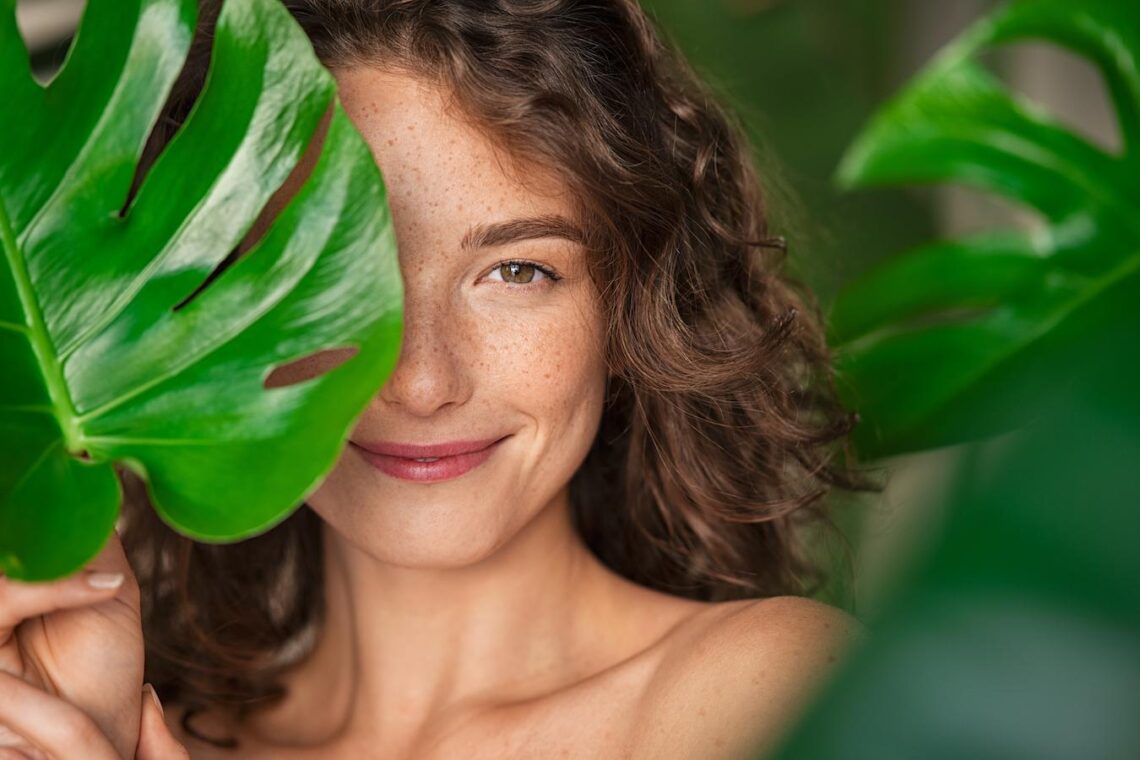
How to choose the right moisturizer
With age, the skin tends to lose water and a moisturizer becomes essential. But do you know what ingredients the creams contain and how to choose the best one for you? A moisturizer increases the amount of water in the skin, fixing it or preventing its loss. But, in addition, it can carry other nutrients.
The division between a moisturizing cream and a nourishing cream is not as categorical as cosmetic advertising sometimes claims since if a good moisturizing cream is chosen, a nourishing effect can also be obtained.
WHY DO YOU NEED TO MOISTURIZE YOUR SKIN?
The skin is made up mostly of water, which is stored in its deepest layers. In an optimal state, to hydrate all the layers and correctly carry out its protective function, this water migrates little by little until it reaches the surface of the skin (the stratum corneum), where it evaporates.
This last layer is the most visible and must be around 13% hydrated to show a bright and radiant appearance. Below that amount, it begins to look somewhat rough and dull, and wrinkles are noticeably more pronounced.
The use of a moisturizing cosmetic helps you maintain optimal water levels, but many causes influence the hydration of the skin :
- environmental factors
- the amount of water ingested
- contact with certain detergent products
- skin type
- age
- some pathologies
WHAT CAN A MOISTURIZER CARRY?
Any cream is made up of an aqueous phase, a fatty part, an emulsifying substance that binds both phases, and, if necessary, some product that allows the product to be preserved or improves its cosmetic qualities.
The aqueous phase usually constitutes 60% of the product. All moisturizer is made up mostly of water. In it, there are also dissolved hydrophilic substances, such as:
- Hygroscopic substances, capable of absorbing and retaining water in quantity: glycerin (the most classic and frequent), sorbitol, propylene glycol (not highly recommended), and naturally occurring macromolecules such as hyaluronic acid, collagen, and some glycans.
- Urea is a natural moisturizer found in the skin.
- Substances capable of retaining water by forming a gel that makes it difficult to evaporate, such as aloe gel, carboxymethylcellulose, and hydroxyethyl cellulose.
- Amino acids and sugars are capable of binding water and retaining it, as well as helping to form collagen and other proteins.
- Active principles such as vitamin C, antioxidant power, and necessary mineral trace elements.
The oily phase is the last layer of the skin and is a barrier of a lipid nature, that is, a fatty barrier. Therefore, the cream that you apply has to contain a certain amount of oil to penetrate. In addition to oil, substances with determining functions for the skin are found in this phase:
- Fatty acids, help restore the lipid barrier. Of special importance are the polyunsaturated omega-3, -6, and -7, whose deficiency causes dryness and roughness of the skin.
- Substances that prevent water loss by occlusive closing the pores. Among them are vegetable waxes (carnauba, candelilla) or bees. Being natural, they are very close to the skin and do not cause the problems of petroleum derivatives, silicones, Vaseline, paraffin, and other hydrocarbons.
- Substances are similar to the sebum produced naturally by the skin, such as phospholipids, ceramides, and fat-soluble vitamins (A and D).
Emulsifiers or surfactants make it possible to mix both phases. Although they are found in small amounts, they can change the permeability of the skin and make it lose its barrier properties.
